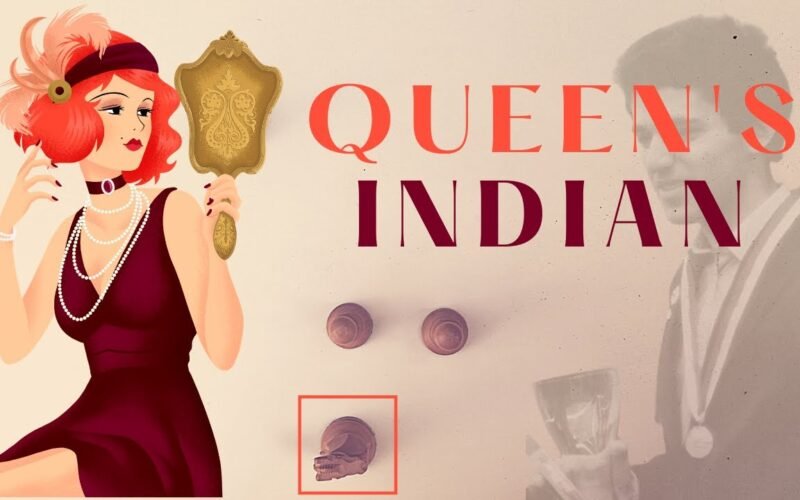😎 Become a Patron (extra daily content): https://www.patreon.com/hangingpawns
👕 New chess merch!: https://teespring.com/stores/hanging-pawns-chess-merch
♘ Follow me on lichess (write, ask, challenge): https://lichess.org/@/hpy
💲 Support the channel: https://www.paypal.me/HangingPawns
For the basics of the Queen’s Indian Defense, watch this introductory video: https://youtu.be/e6Qsx320XLM
Watch the video on the Modern Main line, with Ba6 instead of Bb7, for a different approach to the position: https://youtu.be/1cdvhAziDTg
The old main line, with Bb7, which is the most common variation on the club level: https://youtu.be/AOaZcTB0Y4Y
The Queen’s Indian Defense is one of the strongest and most solid defenses against 1.d4. It’s an opening system and it can be played against many different move orders by white. In this video we explore the very theoretically complex Kasparov Variation, starting with the move Nc3.
This line is dreaded by many Queen’s Indian players because it’s an invitation to the Nimzo. Usually it’s the other way around, and Nf3 is played simply to prevent the annoying Bb4.
With Nc3, white invites us back into the Nimzo, but with the moves Nf3 and b6 inserted. That restrains both sides’ options somewhat.
The Kasparov variation can easily transpose to many different variations or even into a Nimzo, if black wishes to do so, or if white decides to transpose to the Spassky system, the Petrosian, or the main lines of the QID. That makes this variation a great nerve strengthening battleground in which both sides have to know and understand a lot. Not only about the Queen’s Indian, but about the Nimzo too.
#chess

